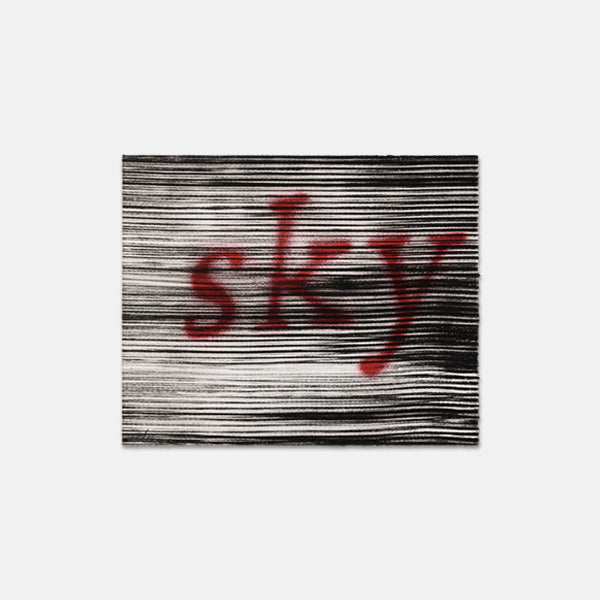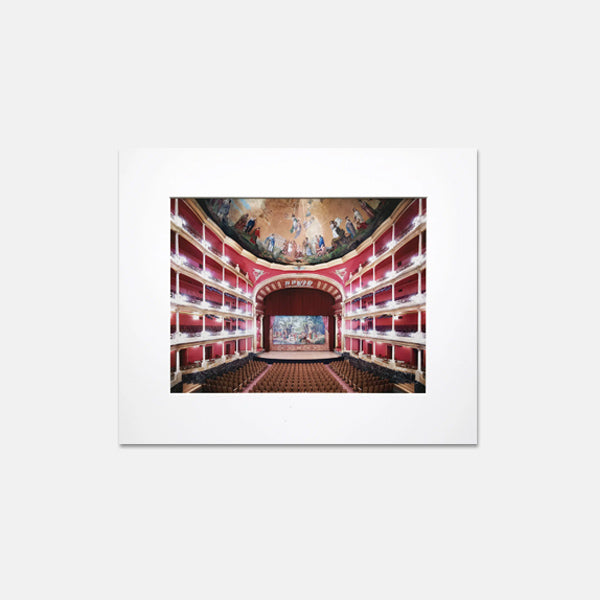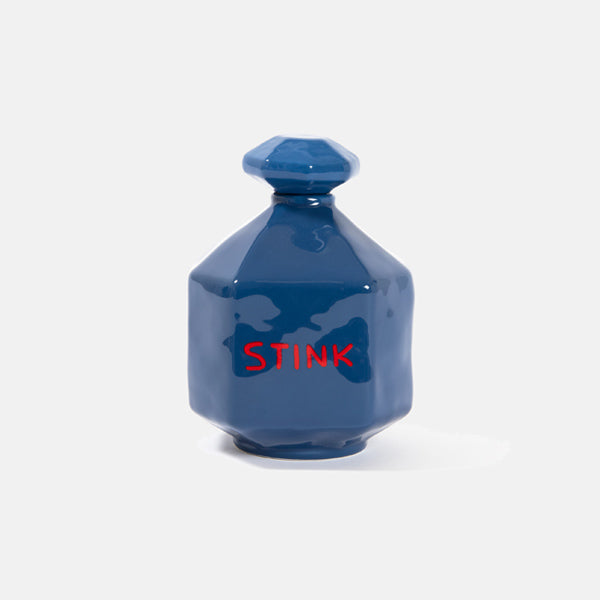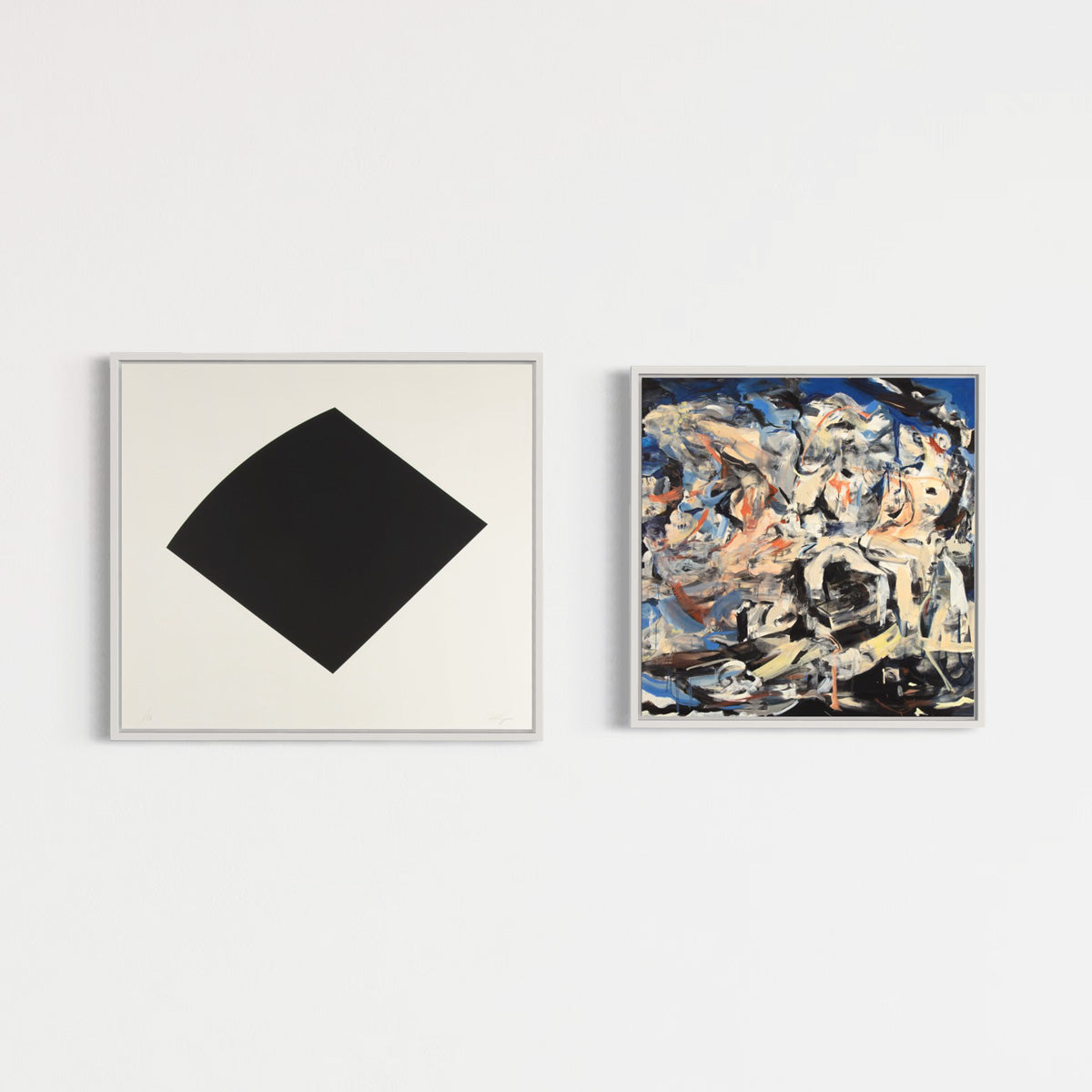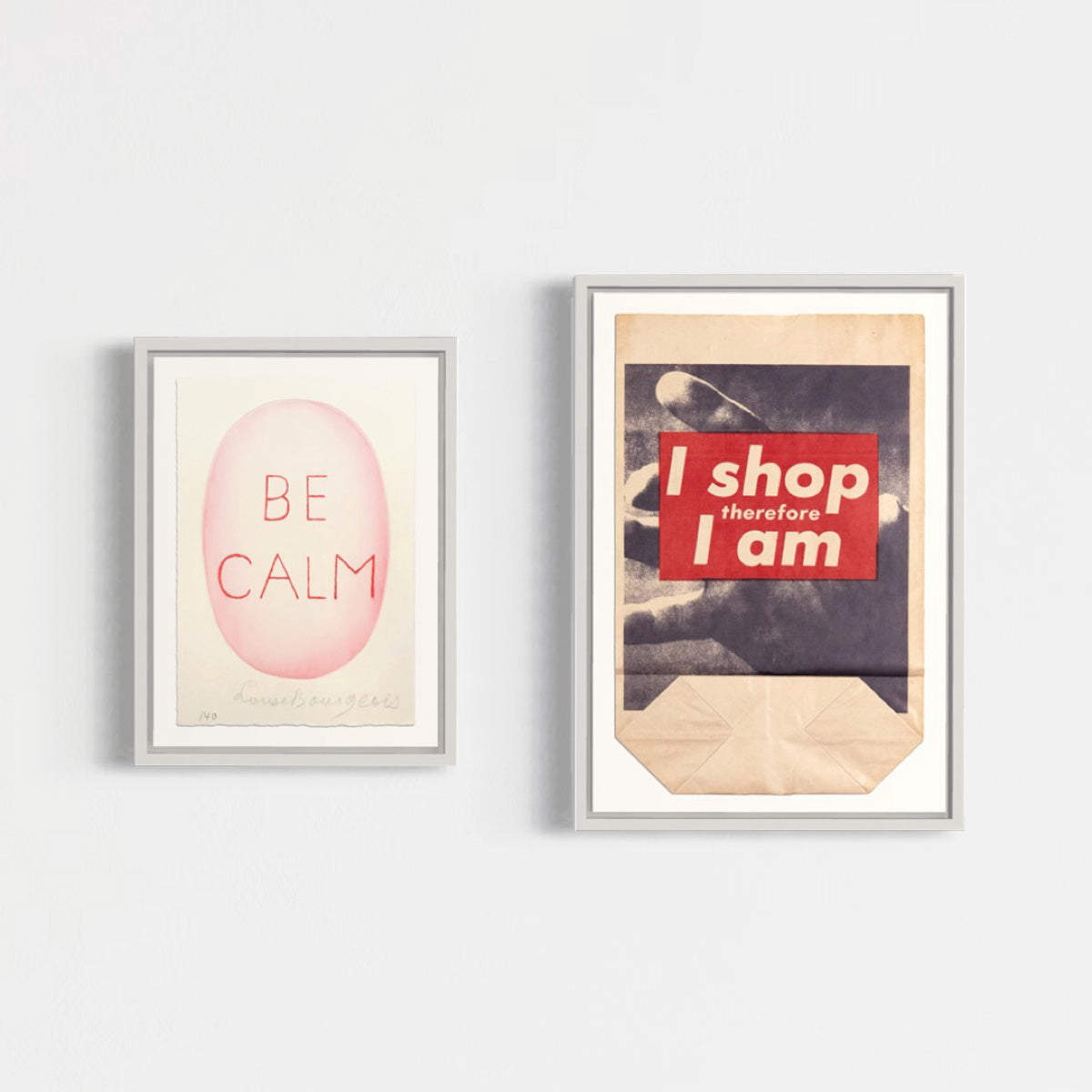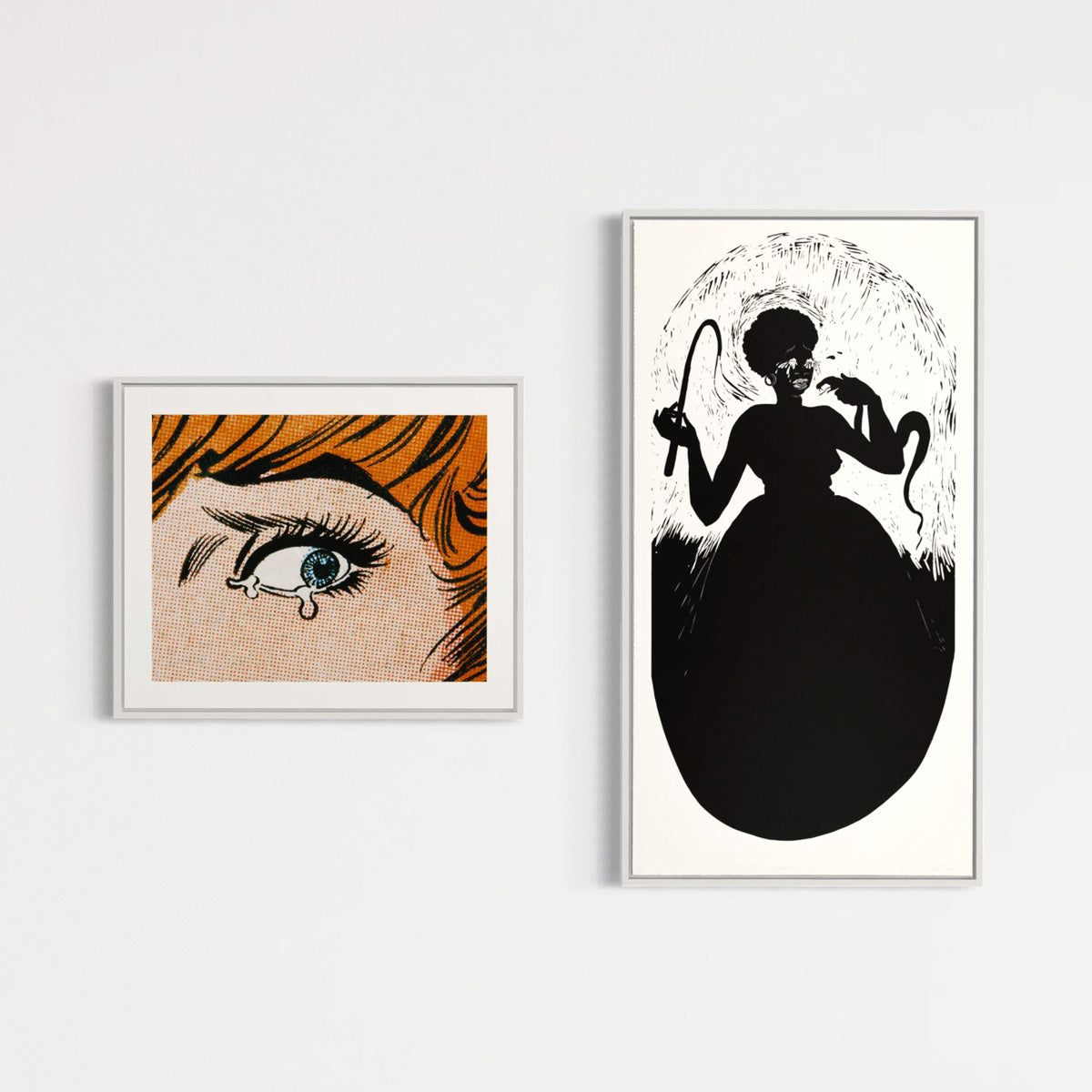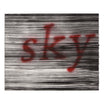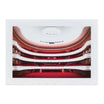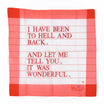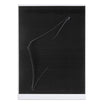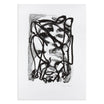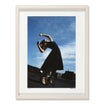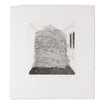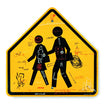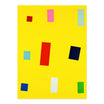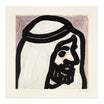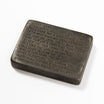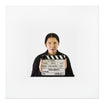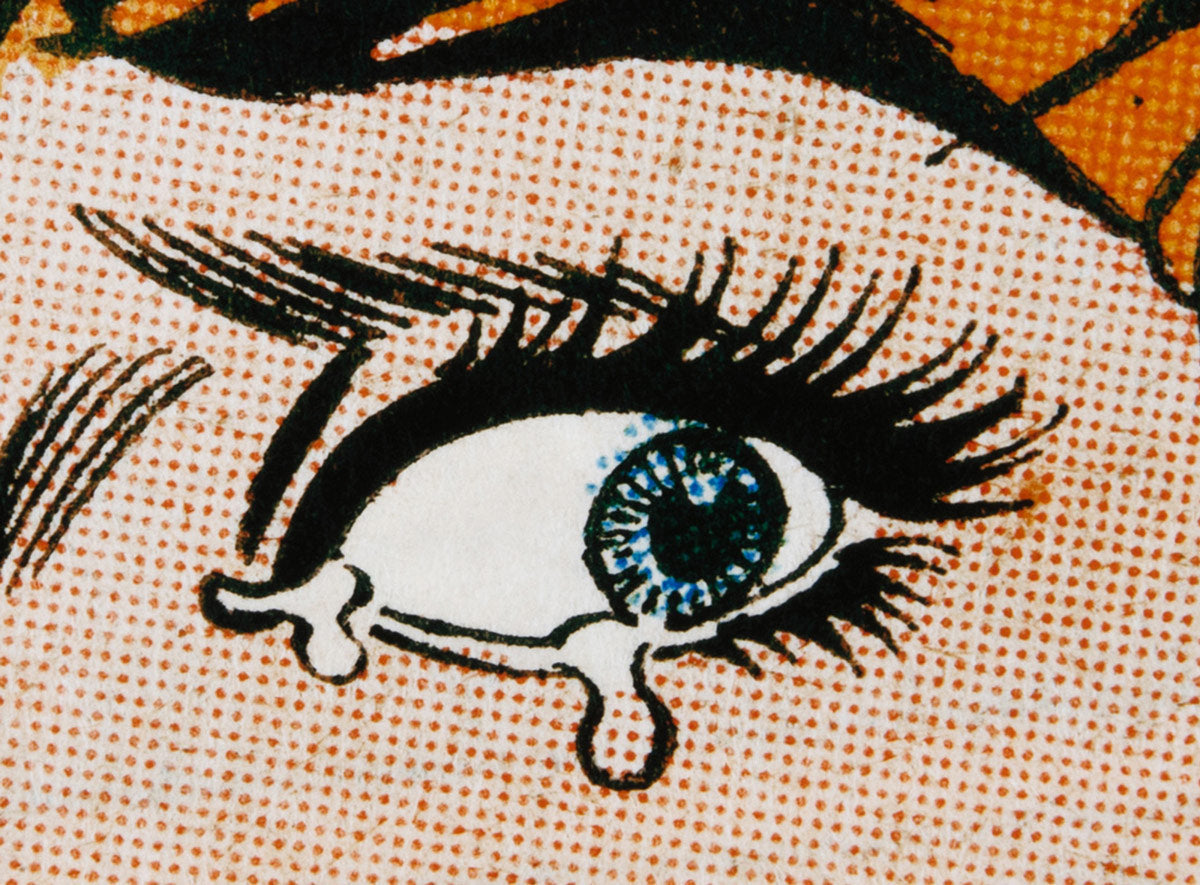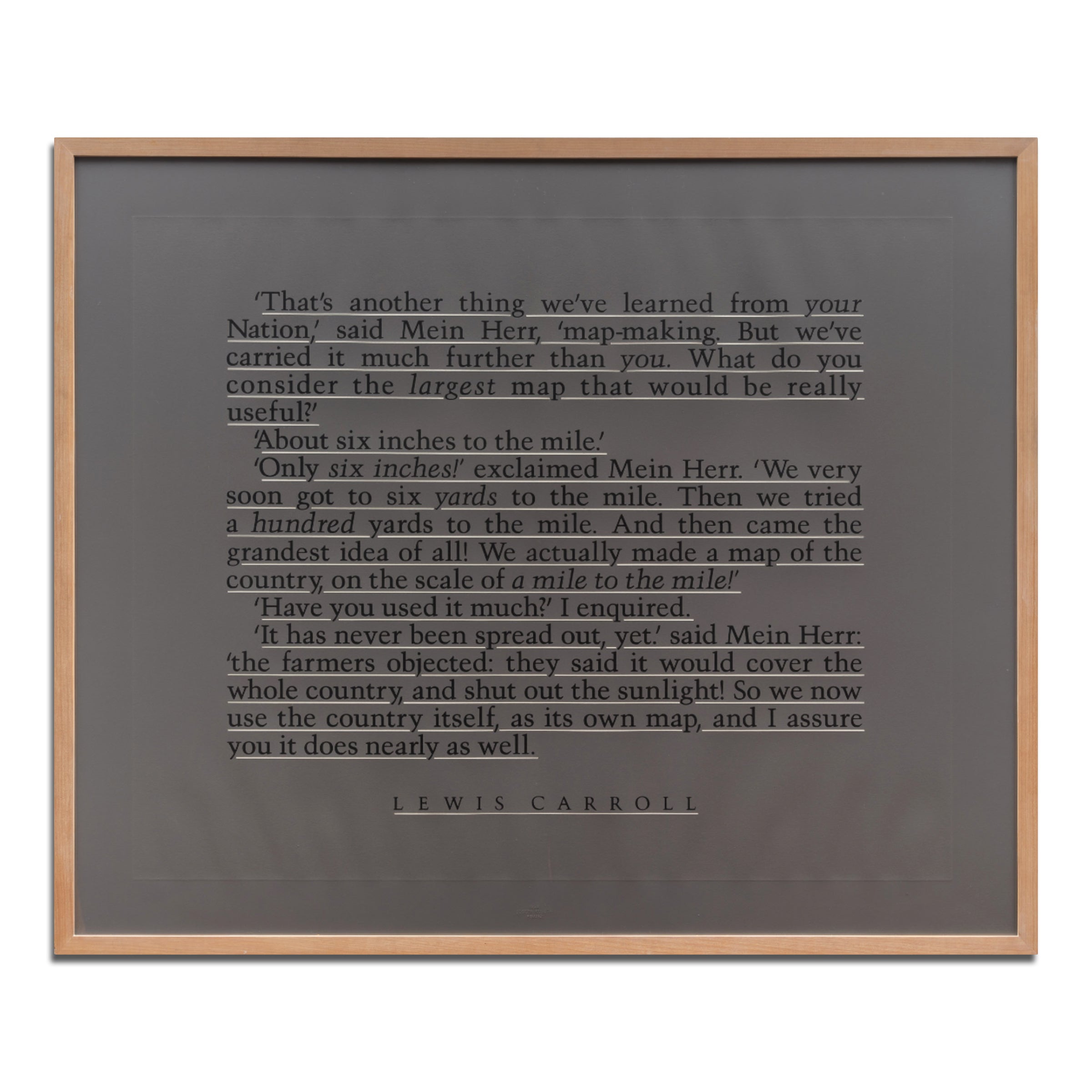
Joseph Kosuth - Map to Indicate (E.L., L.C.)
Taxes included. Shipping calculated at checkout.
Joseph Kosuth ( American, b. 1945)
Map to Indicate (E.L., L.C.), 1992
Medium: Silkscreen and embossing on Velin Arches 400 g
Dimensions: 100 x 120 cm
Edition of 30: Hand-signed, numbered and dated
Condition: Excellent (sold unframed)
Artwork details
In the silkscreened and embossed print Map to Indicate (E.L., L.C), Joseph Kosuth explores the intricate relationship between signifier and signified once more. The included quote from Lewis Carroll’s “Sylvie and Bruno Concluded” (1889) touches on the connection between a model and reality, using the metaphor of a mile-to-mile map, making the artwork a dual-layered representation. Additionally, it contains a humorous reference to the German stereotype of precision.
About this artist
American artist and theoretician Joseph Kosuth is considered one of the originators of conceptual and installation art. Exploring the relationship between words and objects, between language and meaning in art, Kosuth has initiated language-based artworks and appropriation strategies since the 1960s. While believing that an artist’s medium is meaning, not simply form and color, Joseph Kosuth’s work has taken the form of objects, installations, texts, publications and projects in public spaces. By using words in place of visual imagery of any kind, the artist was decisively involved in starting a trend that favored an artwork’s idea or concept over a physical object. His first conceptual artwork from 1965, One and Three Chairs, in which he assembled an actual wooden chair, the photograph of that chair, and an enlarged photographic copy of the dictionary definition of the word ‘chair’, explored the role of of language, appropriation and meaning in art. “The art I call conceptual is such because it is based on an inquiry into the nature of art,” Kosuth has written. In addition to his installations, has produced a series of notable limited edition prints that further investigate the interplay between text and image. These prints are a testament to Joseph Kosuth’s enduring commitment to exploring the conceptual dimensions of art, whilst making his art accessible to a wider audience. His early artworks were first shown in 1967 at a space co-founded by the artist, known as the Museum of Normal Art. In 1969, Joseph Kosuth held his first solo show at Leo Castelli, and became an editor for the Art and Language journal. His artwork has influenced a generation of conceptual artists, including Jenny Holzer and Barbara Kruger. He has participated at documenta and the Venice Biennale four times each and held major solo exhibitions at institutions including MAMM (Moscow), the Louvre (Paris), the Schirn Kunsthalle (Frankfurt), the Tokushima Modern Art Museum, the Palais des Beaux Arts (Brussels) and the MoMA PS1 (New York). Joseph Kosuth was born 1945 in Toledo, Ohio (USA) and lives and works in New York and London.

You may also like

Buy art online
Shop art editions online with transparent pricing, accurate condition reports, and fast dispatch. Designed for international collectors, we make buying limited edition prints and artworks simple, secure, and reliable.
Worldwide shipping
We ship art editions worldwide with full insurance and tracking. Handled only by trusted international carriers, each shipment is securely packaged and typically dispatched within 5 days.
Professional packaging
Every artwork is packaged to the highest professional standards. Using solid multi-layer cardboard and protective materials, we ensure your art editions arrive safely and in excellent condition.
Secure payment
Buy with confidence using secure, encrypted payments backed by advanced fraud protection. Every transaction is processed with trusted technology, ensuring a smooth and worry-free checkout for collectors worldwide.
